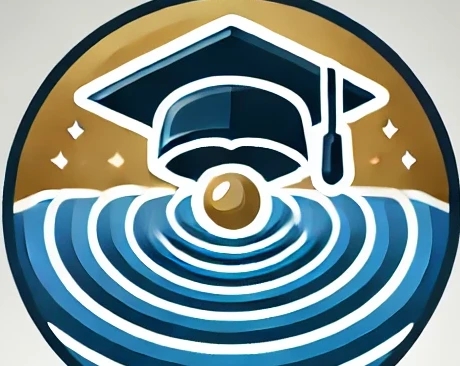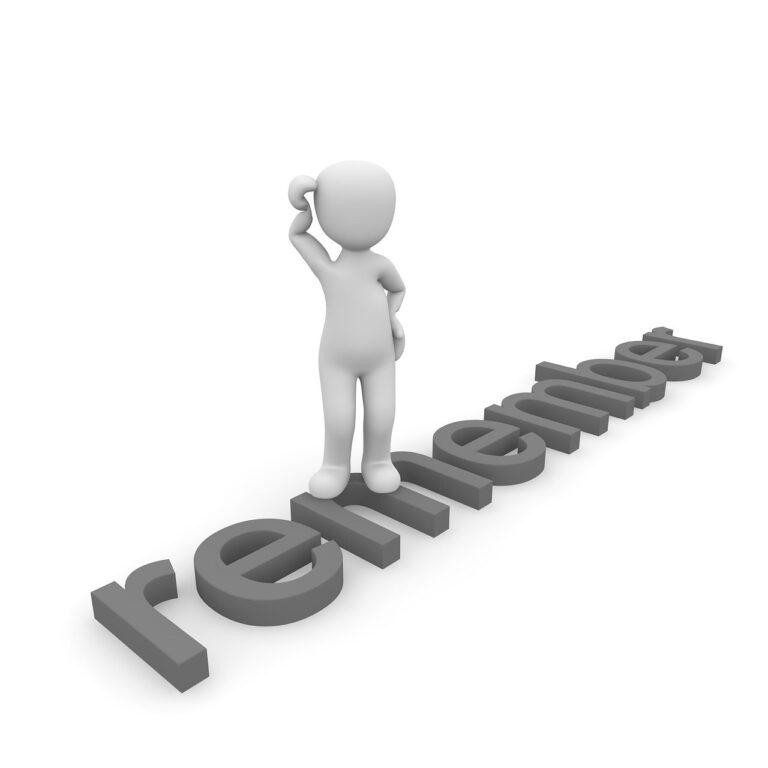When it comes to learning and truly retaining information, not all study methods are created equal. We’ve all been there—sitting with a highlighter in hand, re-reading pages of notes or textbooks, hoping the content will magically stick. This is the classic example of passive review, where we absorb material in a more relaxed, less demanding way. It’s easy, it feels productive, and it’s the go-to for many students and learners. But despite how common it is, passive review often gives a false sense of confidence. Just because something feels familiar doesn’t mean we’ve actually learned it.
On the other side of the spectrum is active recall—a method that requires us to dig deep and pull information from memory without relying on cues. Think of it like a mental workout. Flashcards, self-quizzing, or trying to write out everything you remember after reading a chapter are all forms of active recall. It can feel harder and even a little uncomfortable at first, but research consistently shows that this struggle is exactly what makes it so effective.
The debate between active recall and passive review isn’t just academic. It’s deeply relevant for students trying to pass exams, professionals learning new skills, or anyone aiming to remember what they learn in a meaningful way. While passive review might be easier and less stressful, active recall challenges the brain in ways that build stronger memory and deeper understanding over time.
In this article, we’ll explore the key differences between active recall and passive review, examine the science behind why one tends to outperform the other, and help you figure out which approach—or combination of the two—might work best for your personal learning style. Whether you’re cramming for finals or just trying to remember what you read in that last self-help book, understanding how your brain best retains information can make all the difference.
Active Recall vs. Passive Review: Which Works Best?
When it comes to learning, remembering, and truly understanding information, one big question often comes up: Which study method works best—active recall or passive review? To answer that, it’s helpful to look not just at how each method works, but at how our brains actually process and store information.
Active recall is the process of deliberately trying to remember information without looking at your notes or textbook. It’s like putting your brain to the test—asking yourself questions, using flashcards, or trying to write down everything you remember about a topic from memory. The magic of active recall lies in the effort. By challenging your brain to retrieve information, you’re strengthening the neural connections associated with that knowledge, making it more likely to stick.
On the other hand, passive review involves re-reading notes, highlighting, listening to lectures again, or watching videos. It feels familiar and comfortable, and because you’re seeing the information again and again, it gives you the illusion of learning. But that’s the catch—it’s often just that: an illusion. Your brain might recognize the material, but recognizing isn’t the same as remembering. Passive review doesn’t challenge the brain to retrieve information, so the memory pathways aren’t exercised or reinforced as strongly.
Studies in cognitive science overwhelmingly support active recall as the more effective strategy for long-term retention. It’s been shown that students who engage in frequent self-testing retain information far better than those who rely only on reviewing their materials. This is known as the testing effect—the act of recalling information actually improves your memory of it more than additional studying.
That said, it’s not all black and white. Passive review still has a role, especially when you’re encountering material for the first time. It’s a good way to get familiar with new concepts before diving into more active forms of practice. But if your goal is to actually learn and not just feel like you’re learning, then active recall should take center stage.
In short, if you’re trying to get the most out of your study time, active recall wins hands down. It may take more effort, and it might feel harder in the moment, but the payoff is clear: stronger memory, deeper understanding, and better performance when it really counts.
FAQs: Active Recall vs. Passive Review: Which Works Best?
1. What is the main difference between active recall and passive review?
Active recall involves actively retrieving information from memory without looking at your notes or textbooks. Examples include using flashcards or practicing with quiz questions.
Passive review means reviewing material without much mental effort, such as re-reading notes, highlighting, or watching a lecture again.
2. Why is active recall more effective than passive review?
Active recall strengthens memory by forcing your brain to retrieve information, which creates stronger neural pathways. This retrieval process is what helps information stick long-term, unlike passive review, which often leads to short-term familiarity but poor retention.
3. Can I use both methods together?
Absolutely. Passive review is useful when you’re first being introduced to new material. After that, switch to active recall techniques to reinforce what you’ve learned. Combining both strategically can enhance overall learning.
4. Is passive review completely ineffective?
Not at all. Passive review can help build initial understanding and familiarity with content. It’s just not very effective on its own for long-term retention. Think of it as the warm-up before the real workout (active recall).
5. What are some practical examples of active recall?
Using flashcards (e.g., Anki)
Covering your notes and trying to rewrite or explain them from memory
Practicing with self-made quizzes
Teaching the topic to someone else
Writing out everything you remember about a subject, then checking for accuracy
6. How often should I use active recall?
Use it regularly and repeatedly over time—a technique called spaced repetition. Start reviewing content shortly after learning it and continue to quiz yourself at increasing intervals.
7. Isn’t active recall more time-consuming?
It can feel that way initially because it requires more effort. But in the long run, it saves time by helping you remember more with fewer repetitions, reducing the need for last-minute cramming.
8. I feel like I’m not learning when I use active recall. Why?
That’s normal! Active recall often feels harder than passive review because you’re challenging your brain. But this discomfort is a good sign—your brain is working hard, and real learning is happening.
9. What tools can help me with active recall?
Anki or Quizlet for flashcards
Notion or Obsidian for digital notes and review
Pen and paper for quick memory dumps or written quizzes
Apps with spaced repetition features
10. Can active recall help with subjects that require understanding, not just memorization?
Yes. Active recall isn’t just about memorizing facts—it also helps deepen your understanding. When you try to explain a concept or answer a complex question from memory, you’re engaging with the material more meaningfully.
Check this video for additional information.







